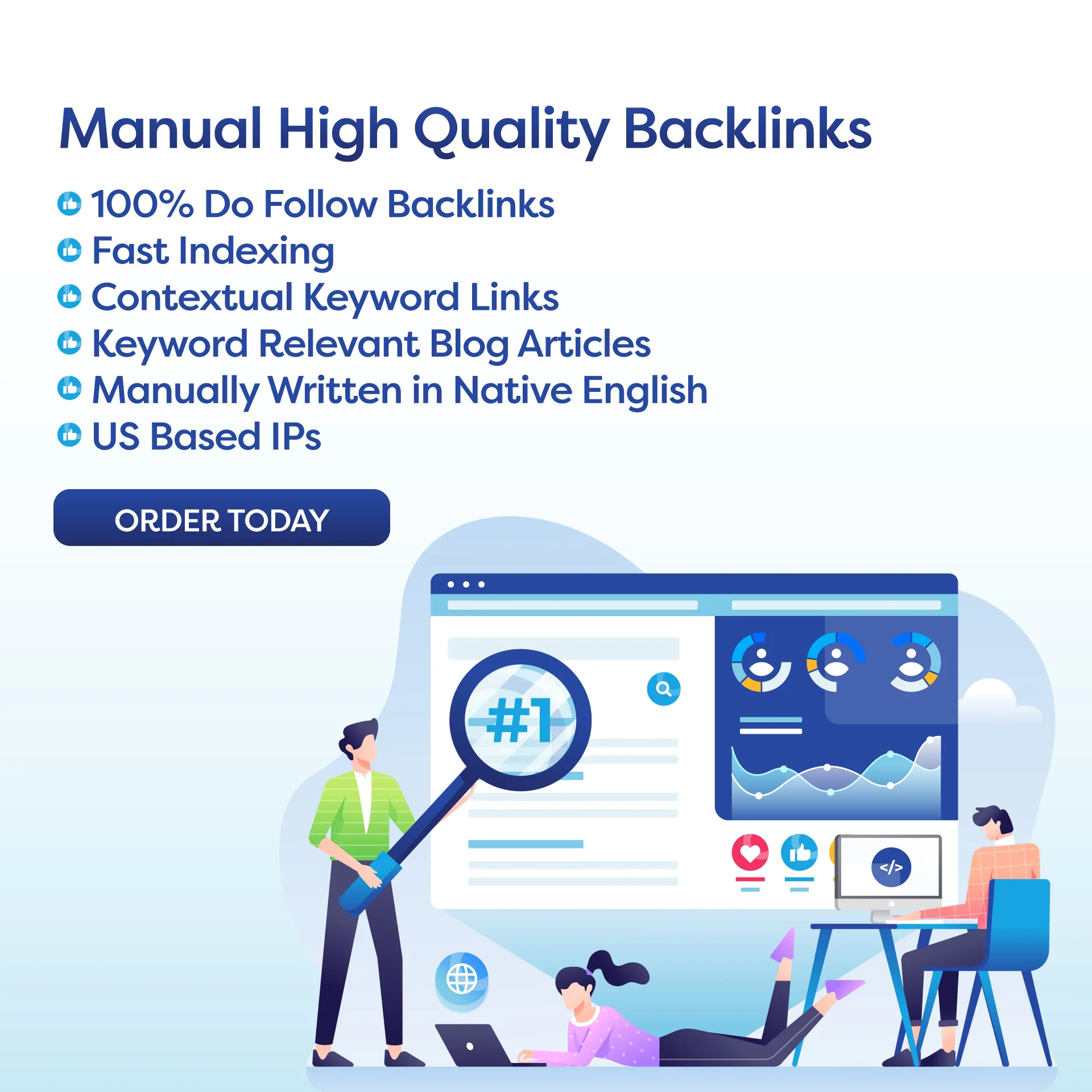SERP competitor analysis is crucial for digital marketing and SEO strategy, offering valuable insights to enhance website visibility. Identifying competitors and analyzing keywords, ranking patterns, content quality, user experience, and backlink profiles are key steps. Tools like SEMrush and Ahrefs can assist in competitor identification. Monitoring competitors helps in developing SEO strategies, optimizing keywords, enhancing content, improving user experience, and building backlinks. Developing an action plan based on analysis insights is essential for improving website performance and staying ahead in search engine rankings. Conducting thorough competitor analysis is vital for success in the online landscape.
**Introduction**
Search Engine Results Page (SERP) competitor analysis is a crucial aspect of digital marketing and SEO strategy. Understanding how your competitors are performing in search engine rankings can provide valuable insights into ways to improve your own website’s visibility and performance. By analyzing your SERP competitors, you can identify strengths and weaknesses in their strategies and leverage this information to enhance your own approach. In this article, we will delve into the importance of SERP competitor analysis and provide key insights into how you can conduct a thorough analysis to gain a competitive edge in the online landscape.
**Key Takeaways**
1. **Understanding Your Competitors**: Identifying who your key SERP competitors are is the first step in conducting a successful analysis.
2. **Analyzing Keywords and Ranking Patterns**: Examining the keywords your competitors are targeting and their ranking patterns can provide valuable insights into their SEO strategies.
3. **Assessing Content Quality and User Experience**: Analyzing the quality of your competitors’ content and the user experience they offer can help you identify areas for improvement on your own website.
4. **Monitoring Backlink Profiles**: Keeping track of your competitors’ backlink profiles can reveal valuable information about their link building strategies and opportunities for your own link building efforts.
5. **Action Plan**: Develop an action plan based on the insights gained from your SERP competitor analysis to improve your website’s SEO performance and visibility.
**Understanding Your Competitors**
*Identifying Competitors*: In order to conduct an effective SERP competitor analysis, you first need to determine who your main competitors are in search engine rankings. Start by conducting a search for your target keywords and noting down the top websites that appear in the results. These websites are your primary SERP competitors. Additionally, tools like SEMrush and Ahrefs can help you identify competitors based on keyword overlap and organic search rankings.
*Competitor Landscape Analysis*: Once you have identified your key competitors, it’s important to conduct a comprehensive analysis of their strategies. Look at factors such as their target keywords, content quality, user experience, backlink profiles, and overall online presence. This will give you a holistic view of where your competitors stand in relation to your own website.
**Analyzing Keywords and Ranking Patterns**
*Keyword Research*: One of the key aspects of SERP competitor analysis is examining the keywords your competitors are targeting. Tools like SEMrush and Google Keyword Planner can provide valuable insights into the keywords that are driving traffic to your competitors’ websites. Analyze the keywords they are targeting, their search volumes, and their ranking positions to identify opportunities for optimization on your own website.
*Ranking Patterns*: In addition to keyword analysis, it’s also important to observe the ranking patterns of your competitors. Track changes in their rankings over time and identify any trends or patterns that emerge. Are they consistently ranking higher for certain keywords? Are there any specific pages on their website that are performing well in search results? By understanding their ranking patterns, you can gain insights into their SEO strategies and potentially replicate their success.
**Assessing Content Quality and User Experience**
*Content Analysis*: Content quality plays a crucial role in search engine rankings, so it’s important to assess the quality of your competitors’ content. Look at factors such as the relevance, depth, and uniqueness of their content. Evaluate how well they address user intent and provide valuable information to their audience. Use tools like BuzzSumo and Clearscope to analyze the performance of their content and identify opportunities for improvement on your own website.
*User Experience Evaluation*: User experience is another key element that can impact search engine rankings. Assess the user experience offered by your competitors’ websites, including factors such as site speed, mobile-friendliness, and ease of navigation. Consider conducting user testing or surveys to gather feedback on the user experience of your competitors’ websites. Use this information to make enhancements to your own website and improve overall user satisfaction.
**Monitoring Backlink Profiles**
*Backlink Analysis*: Backlinks are an essential component of SEO strategy, so it’s important to monitor your competitors’ backlink profiles. Tools like Ahrefs and Moz Open Site Explorer can help you analyze the quality and quantity of backlinks pointing to your competitors’ websites. Look at factors such as domain authority, anchor text, and referral traffic to gauge the strength of their backlink profiles. Identify opportunities for building high-quality backlinks on your own website to improve your SEO performance.
*Link Building Strategies*: By examining your competitors’ link building strategies, you can gain valuable insights into effective tactics for acquiring backlinks. Look at the types of websites linking to your competitors, the anchor text they are using, and the content that is attracting links. Consider implementing similar strategies on your own website to enhance your backlink profile and improve your search engine rankings.
**Action Plan**
Based on the insights gained from your SERP competitor analysis, develop a comprehensive action plan to improve your website’s SEO performance and visibility. This plan should include actionable steps for optimizing your keywords, enhancing your content quality, improving user experience, and building high-quality backlinks. Prioritize key areas for improvement based on the opportunities identified in your analysis and set clear goals for achieving success. Regularly monitor your progress and make adjustments to your strategy as needed to stay ahead of your competitors in search engine rankings.
**Conclusion**
SERP competitor analysis is a valuable tool for gaining insights into your competitors’ SEO strategies and identifying opportunities for improvement on your own website. By understanding who your key competitors are, analyzing their keywords and ranking patterns, assessing their content quality and user experience, and monitoring their backlink profiles, you can develop a winning strategy to enhance your online visibility and performance. Use the insights gained from your analysis to create a comprehensive action plan that will help you achieve your SEO goals and stay ahead of the competition in search engine rankings.
**FAQ**
1. **What is SERP competitor analysis?**
SERP competitor analysis involves examining the search engine rankings, keywords, content quality, user experience, and backlink profiles of your competitors to gain insights into their SEO strategies and opportunities for improvement on your own website.
2. **Why is SERP competitor analysis important?**
Understanding your competitors’ SEO strategies can help you identify areas for improvement on your own website, gain insights into effective tactics for optimizing keywords, enhancing content quality, improving user experience, and building high-quality backlinks.
3. **How can I conduct a SERP competitor analysis?**
To conduct a SERP competitor analysis, identify your key competitors in search engine rankings, analyze their keywords and ranking patterns, assess their content quality and user experience, and monitor their backlink profiles using tools like SEMrush, Ahrefs, BuzzSumo, and Moz Open Site Explorer. Develop an action plan based on the insights gained from your analysis to improve your website’s SEO performance and visibility.

